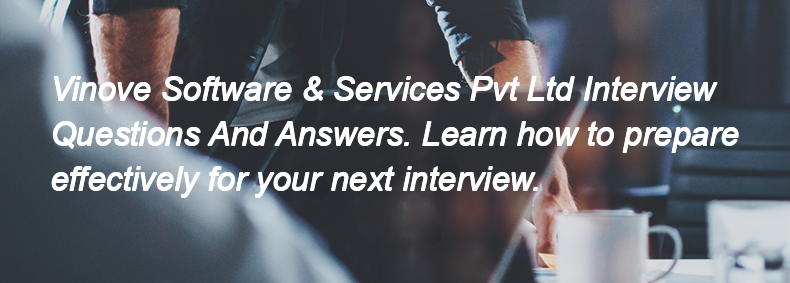Ques:- What are user exits, customer exits, and enhancements in ABAP
Asked In :-
Vinove Software & Services Pvt Ltd, Solitaire Infosys, Principal Global Services, COEPD, Deligence Technologies, Manipal Technologies, Codelogicx Technologies, OPENSPACE SERVICES, First Zen, Xobin,
Right Answer:
User exits, customer exits, and enhancements in ABAP are ways to extend the functionality of SAP applications without modifying the original code.
- **User Exits**: Predefined points in the SAP code where you can add custom code. They are typically found in function modules and allow for modifications in standard SAP processes.
- **Customer Exits**: Similar to user exits, but they are specifically designed for customer-specific enhancements. They are implemented using function modules and include additional parameters for custom logic.
- **Enhancements**: A broader term that includes user exits and customer exits, as well as other methods like BAdIs (Business Add-Ins) and enhancement spots. They provide a structured way to add custom functionality to SAP applications while maintaining upgrade compatibility.
User exits, customer exits, and enhancements in ABAP are ways to extend the functionality of SAP applications without modifying the original code.
- **User Exits**: Predefined points in the SAP code where you can add custom code. They are typically found in function modules and allow for modifications in standard SAP processes.
- **Customer Exits**: Similar to user exits, but they are specifically designed for customer-specific enhancements. They are implemented using function modules and include additional parameters for custom logic.
- **Enhancements**: A broader term that includes user exits and customer exits, as well as other methods like BAdIs (Business Add-Ins) and enhancement spots. They provide a structured way to add custom functionality to SAP applications while maintaining upgrade compatibility.

